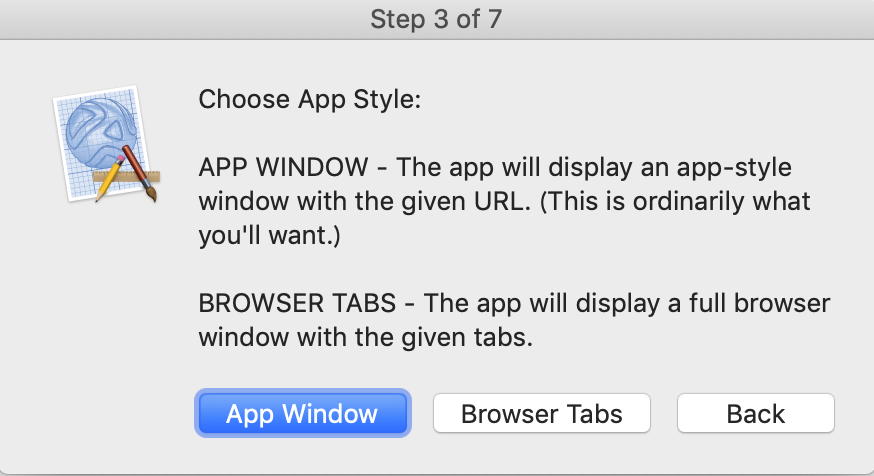

The dye removal wasĭependent on algal concentration and dye concentration. Methylene blue dye, 79.25 percent (20mg/l) in EBT and 57 Maximum dye removal was 91.3 percent (20mg/l) in Percent (100mg/l) in melanoidin and in Chlorella vulgaris, the Methylene blue dye, 93.22percent (20mg/l) in EBT and 46.1 The maximum dye removal was 91.84 percent (20mg/l) in In methylene blue dye, 54.24 percent (20 mg/l) in EBT andĤ5.89percent (100mg/l) in melanoidin while in oxidation pond, Spirulina, maximum dye removal was 92.37 percent (20mg/l) Methylene blue (MB) (20 mg/l, 50 mg/l andġ00mg/l), Eriochrome Black T (EBT) (20mg/l, 50mg/l andġ00mg/l) and Melanoidin (100mg/l, 250mg/l and 500mg/l) atĭifferent concentrations were used for this study.ĭecolourisation was recorded in a 10-day experiment. Spectromax M3 spectrophotometer was used in readingĪbsorbance values. Oxidation pond in the decolourisation of dyes. This study involves theĪpplication of two algae (Chlorella vulgaris and Spirulina) and Dyes are directlyĭischarged into nearby water bodies which in turn affect theĪquatic ecosystem and human health. Industrial dye discharges is becoming an emergingĮnvironmental problem throughout the world. doi: 10.1016/j.bios.2016.11.063.The deterioration of water quality because of An integrated rotary microfluidic system with DNA extraction, loop-mediated isothermal amplification, and lateral flow strip based detection for point-of-care pathogen diagnostics. A low-cost smartphone-based platform for highly sensitive point-of-care testing with persistent luminescent phosphors. Hands-free smartphone-based diagnostics for simultaneous detection of Zika, Chikungunya, and Dengue at point-of-care. Recent progress in optical biosensors based on smartphone platforms. Point-of-care testing: Applications of 3D printing. Figure ( A– C) are the screenshots from the smartphone during the analysis.Ĭhan HN, Tan MJA, Wu H. ( D) The high correlation between the theoretical DNA copy number and the experimental DNA copy number is shown. The threshold time is marked in the calibration curve, showing the DNA copy number in the real sample. ( C) With the “Quantification of Real Sample” mode, the qLAMP profile of the real sample is produced, and the threshold time is decided by the threshold value. Thus, the standard curve plotting the threshold time versus the logarithm of DNA copy number can be generated, the black line represents the linear fit to the data, the red dotted lines indicate the 95% confidence interval. ( B) With the mode of ‘Standard Calibration Curve’, the serially diluted samples generated respective qLAMP profiles and the threshold value which is determined by the second derivative maximum revealed the threshold time for each diluted sample. The color value is extracted from the reaction chamber and the hue value is computed in the mobile qLAMP app.

( A) the cropped images are uploaded and then the auto-select mode is applied.

We believe that this advanced colorimetric approach and the mobile app can expand the potentials of the smartphone for the future POCT system in the bio-diagnostic fields.ĭirect quantification of E. Thus, the proposed mobile platform can inform us of not only qualitative but also quantitative results of the pathogens.

A calibration curve could be generated by plotting the logarithm of the known concentration of the DNA templates versus the threshold time, and it can be used to predict the copy number of nucleic acids in the test samples. To keep track of the progress of the color change, we developed a novel mobile app in which a hue value was accepted as an indicator for color transition and for determining the threshold time of the amplification reaction. Upon the amplification of the target gene by an Eriochrome Black T-mediated LAMP reaction, the color of the LAMP reaction was changed from violet to blue that was real-time recorded by a smartphone camera.
EPICHROME EXTENSION PORTABLE
The whole system consists of a hand-held box equipped with a smartphone, a film heater, a white LED, a loop-mediated isothermal amplification (LAMP) chip, and a DC converter, and all the processes were powered by a portable battery of 5 V. Here, we describe a methodology for colorimetric quantitative analysis of nucleic acid using an easy-to-build smartphone-based platform, offering low-cost, portability, simplicity in operation, and user-friendliness. The increasing risk of infectious pathogens, especially in the under-developed countries, is demanding the development of point-of-care (POC) nucleic acid testing in the low-resource setting conditions.


 0 kommentar(er)
0 kommentar(er)
